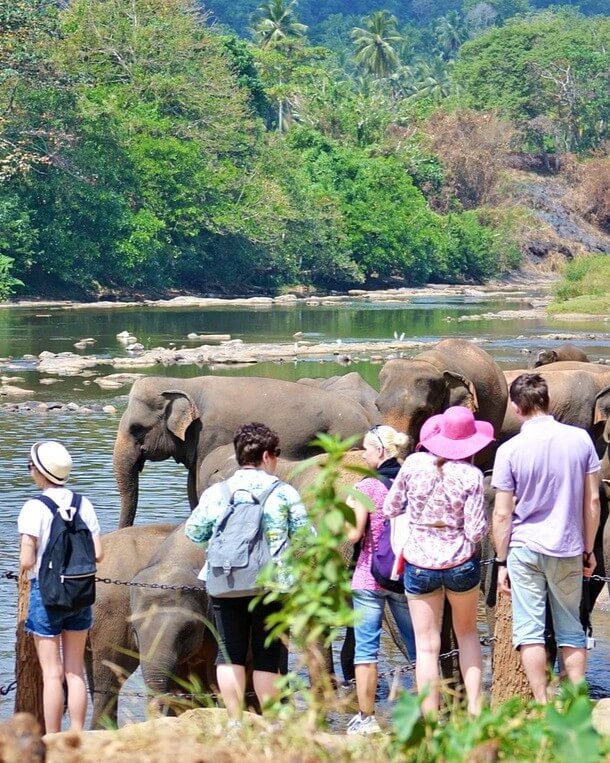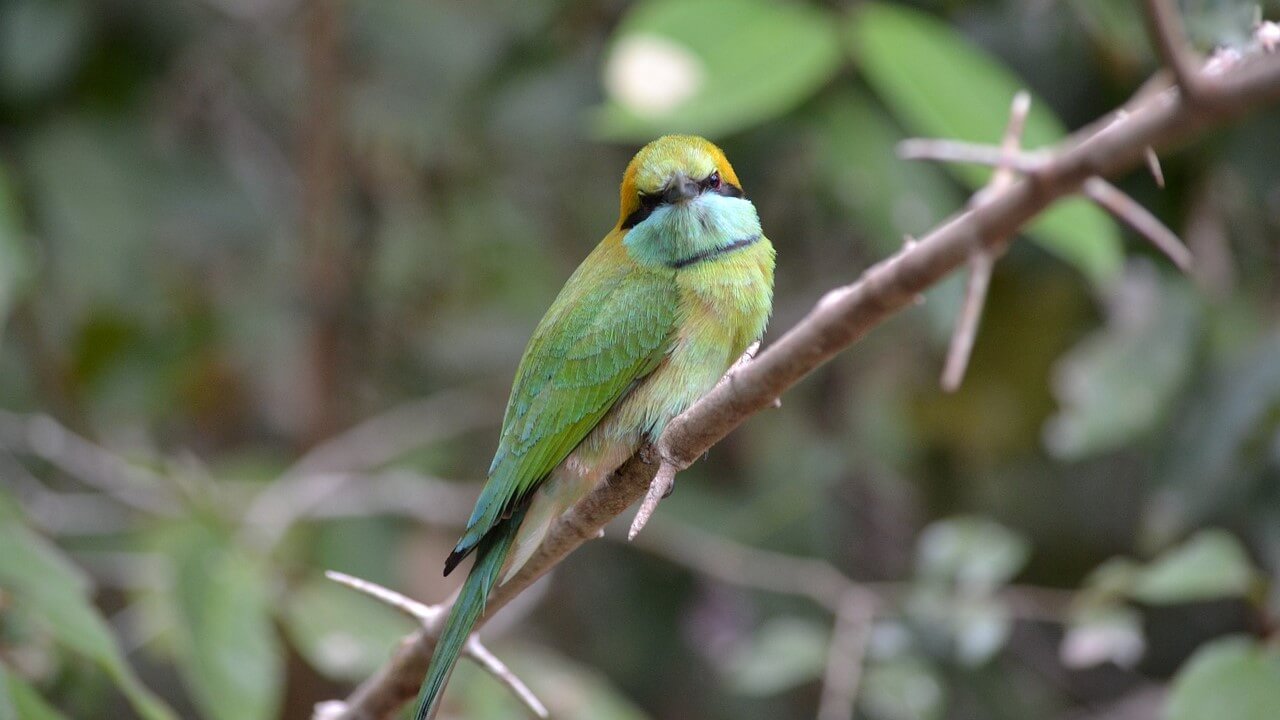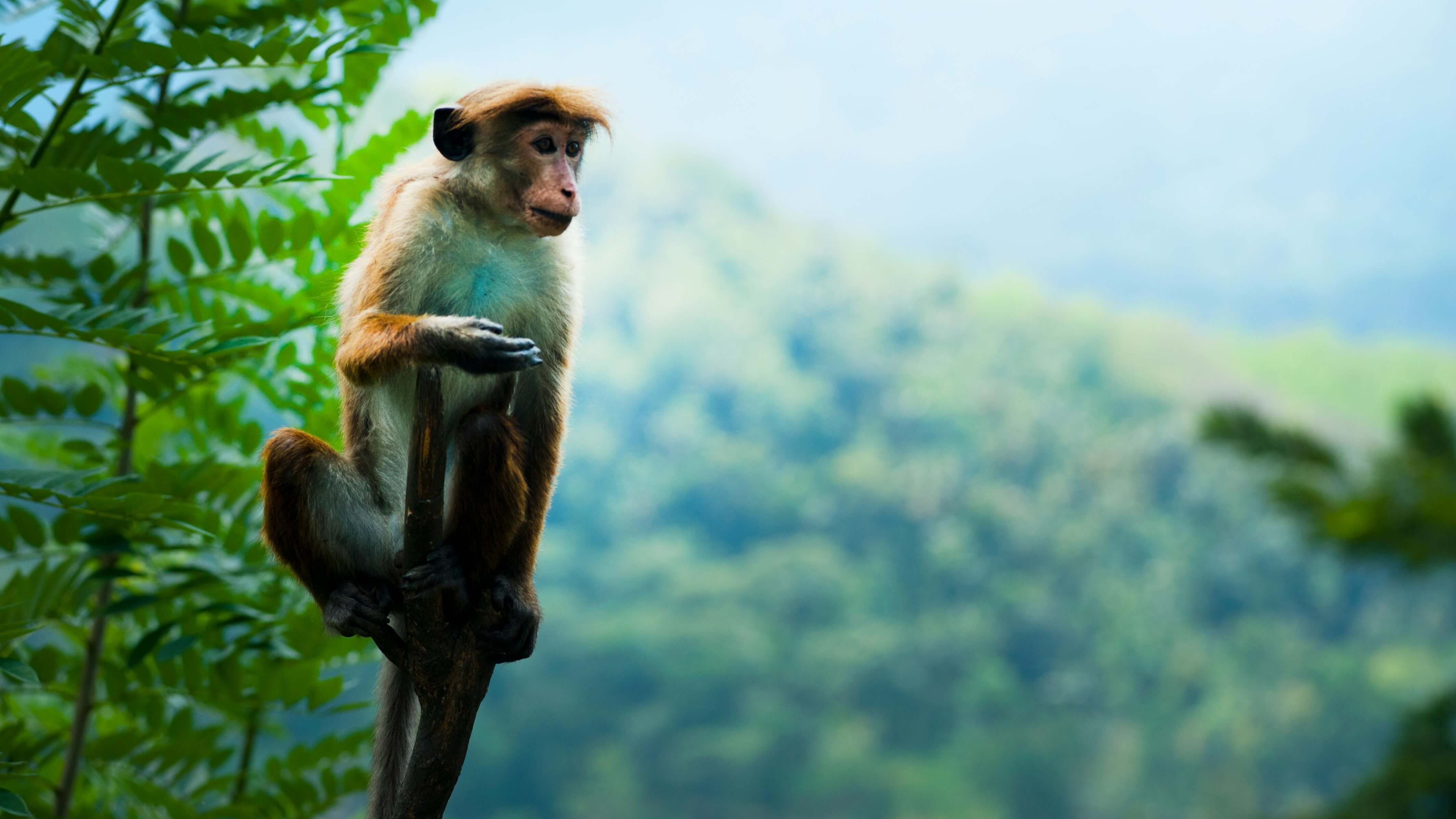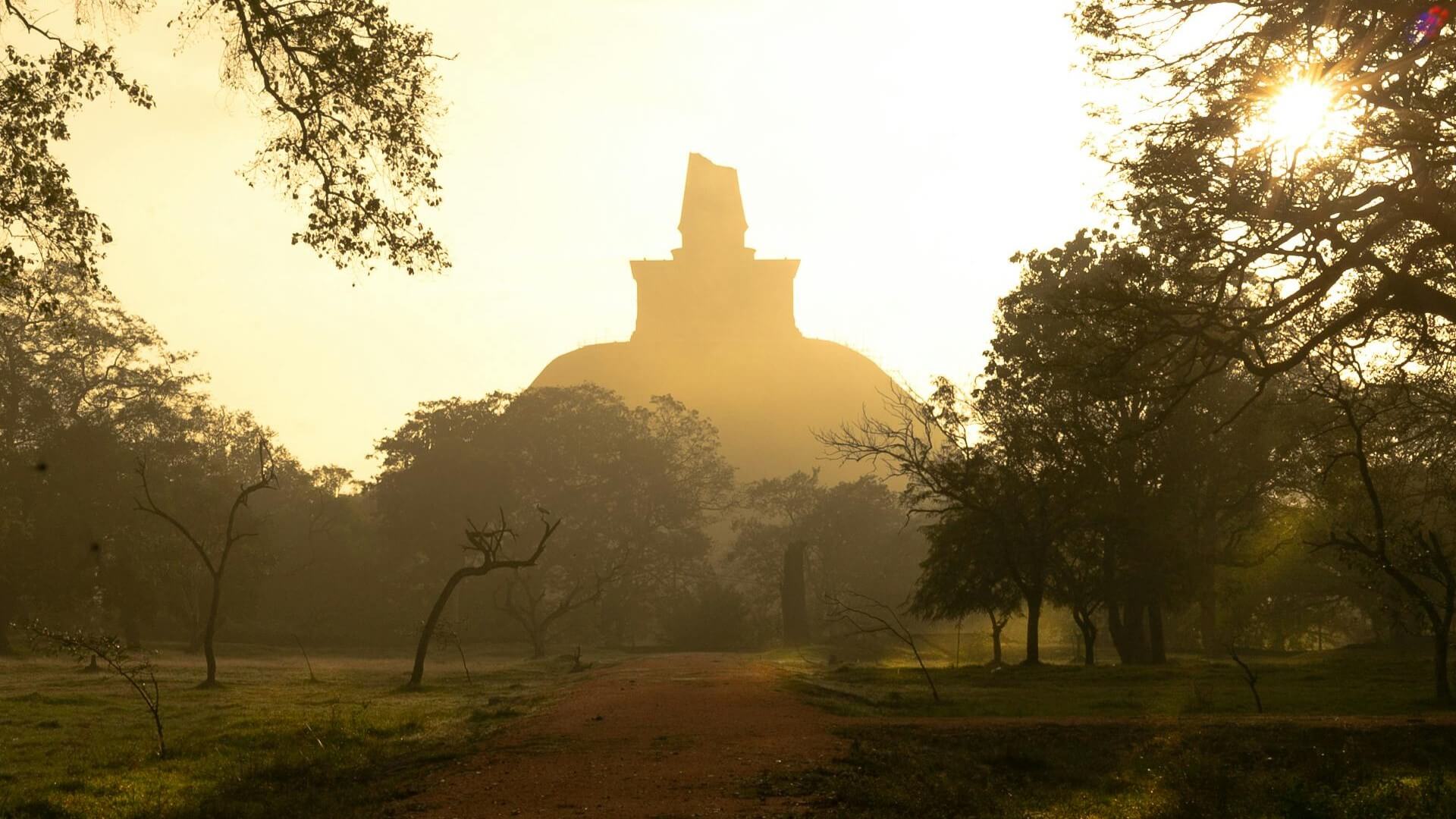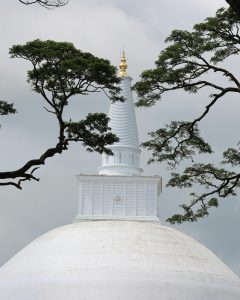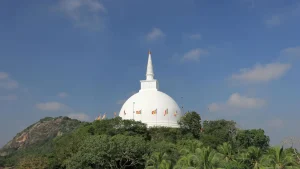Thuparamaya
"The First Buddhist Stupa in Sri Lanka"
A Sacred Relic Shrine from 3rd Century BCE in Anuradhapura
Located in the heart of Sri Lanka’s ancient capital, Thuparamaya stands as a symbol of the nation’s deep spiritual heritage. As the first Buddhist stupa built in Sri Lanka, it marks the beginning of Buddhism on the island. Enshrining the sacred right collarbone of the Buddha, Thuparamaya is not just an architectural wonder—it is a living monument of peace, faith, and history. Every visitor to Anuradhapura should experience the spiritual calm and cultural richness of this holy site.
Introduction to Thuparamaya
Thuparamaya is the oldest recorded stupa in Sri Lanka, built shortly after Buddhism was introduced to the island in the 3rd century BCE. The temple was commissioned by King Devanampiya Tissa, who ruled Anuradhapura at the time. It was built to house a very sacred relic – the right collarbone of Lord Buddha, which was brought to Sri Lanka by Arahat Mahinda Thera, the son of Indian Emperor Ashoka.
This site holds immense religious and historical importance and is one of the most revered Buddhist monuments in the country.
Historical Background
Thuparamaya is deeply tied to the moment Buddhism officially arrived in Sri Lanka. In 247 BCE, Arahat Mahinda Thera came to the island and converted the king and many others to Buddhism. Soon after, the king decided to construct a stupa to enshrine one of the Buddha’s relics. The result was Thuparamaya — which means “a place for monks”.
Over the centuries, the temple has been repaired and restored many times due to natural damage and invasions. Despite these changes, Thuparamaya has kept its sacred status and continues to draw pilgrims from across Sri Lanka and the world.
Architecture and Design
Thuparamaya has a classic “Dhanyakara” (rice heap) shape, which is a traditional bell-shaped stupa design. The current structure is around 59 feet (18 meters) tall and 59 feet in diameter at the base.
One of the most striking features of Thuparamaya is the Vatadage, or the circular structure of stone pillars surrounding the stupa. These pillars were once part of a wooden roof that protected the stupa from the elements. Although the roof no longer remains, the rows of pillars create a unique and spiritual visual effect, giving the structure both grace and strength.
Religious and Cultural Significance
Thuparamaya is one of the Atamasthana — the eight most sacred places of worship in Anuradhapura. It continues to be an important site for Buddhist pilgrims, especially during Poya Days (full moon religious holidays), where devotees come to chant, meditate, and offer flowers.
Visitors are often moved by the calm and spiritual energy of the area. Worshippers walk around the stupa in a clockwise direction while offering prayers, following ancient traditions.
Part of the Atamasthana (Eight Sacred Places)
- Jaya Sri Maha Bodhi
- Ruwanwelisaya
- Thuparamaya
- Lovamahapaya
- Abhayagiriya
- Jetavanaramaya
- Mirisawetiya
- Lankarama
Travel Tips:
Visit early in the morning or after 4 PM to avoid harsh sunlight.
Wear white or light-colored clothes as a mark of respect.
Shoes and hats must be removed before entering the sacred area.
Combine your visit with nearby sites like Ruwanwelisaya, Jetavanaramaya, and Mirisawetiya Dagoba for a complete sacred city tour. (Atamasthana)
OPENING HOURS
6:00 AM to 6:00 PM daily
ENTRANCE FEE
Included in the Anuradhapura Sacred City ticket
Foreigners: LKR 1,500 – 2,000
Sri Lankans: Free
BEST TIME TO VISIT
Early morning or late afternoon to avoid the heat.
WEATHER TIP
Bring water, sunscreen, and a hat as it can be very hot.

